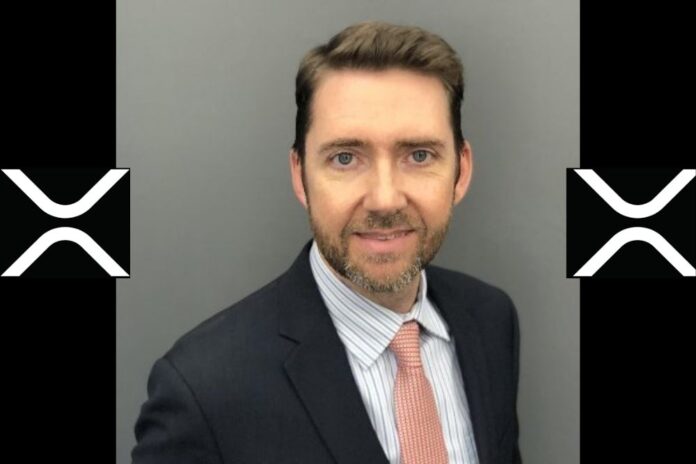The lawsuit between Ripple, the San Francisco-based cross-border payment firm, and the United States Securities and Exchange Commission (SEC), has been trending across various social platforms after both parties filed their summary judgment briefs earlier than expected.
The filing of the summary judgment briefs was slated for September 19. But it was a bit surprising after the report became a trending topic on September 18, raising the hope of ending the long-standing lawsuit earlier than expected.
Read Also: Chamber of Digital Commerce Formally Requests to File Amicus Brief to Support Ripple in XRP Lawsuit
According to James K. Filan, a defense lawyer and former federal prosecutor, the two parties in the XRP lawsuit were not expected to file these motions until Monday, which means they were filed early.
FYI. These motions were not expected until Monday and so they were filed early.
— James K. Filan 🇺🇸🇮🇪 113k (beware of imposters) (@FilanLaw) September 18, 2022
#XRPCommunity #SECGov v. #RIpple #XRP BREAKING: SEC files Motion for Summary Judgment.https://t.co/uPBRctmiQJ
— James K. Filan 🇺🇸🇮🇪 113k (beware of imposters) (@FilanLaw) September 17, 2022
James Hogan Explains Ripple-SEC Summary Judgment Motions
According to Jeremy Hogan in a video released today, the two briefs are so different, making it looks as if Ripple and the SEC were involved in two completely different cases.
Hogan said the SEC took many things that Ripple said about the price of XRP over the last 10 years and piece it together as a motion, while Ripple went the exact opposite. He said, “Ripple made a sophisticated legal attack on what an investment contract is.”
According to Hogan, the SEC argument in the filed motion is only focused on facts about the XRP lawsuit. This implies that the SEC is very fact-specific. So, if it wins, it will only win the case.
On the other hand, Hogan said Ripple’s argument is so broad and a win could harm the SEC and everything it does going forward.
The lawyer added in the video update that the final judgment could be based on the newly filed motions because the SEC noted that “summary judgment is appropriate when the record shows that there is no genuine dispute as to any material fact and that the moving party is entitled to judgment as a matter of law.”
He said that the above statement implies that there is nothing else to argue about, making the lawsuit ripe for a summary judgment. The SEC shows that Ripple said some things about the price of XRP, which is correct. And the SEC based its argument on what Ripple meant in those tweets and a number of interviews where XRP was touted by the CEO Brad Garlinghouse.
Read Also: Ripple Gains New Legal Support In its Quest to Prove XRP is Not a Security
Things that Were Shockingly Absent in the Summary Judgment Motions
As stated by Jeremy Hogan, nowhere in the motion for summary judgment did the SEC argue that XRP is inherently a security. He said the SEC’s brief is majorly focused on Ripple’s sales of XRP.
As for Ripple, its legal team took the brief back to 1933 in a very sophisticated way. Hogan said that Ripple never mentioned some critical terms, but dug deeper into what makes a so-called asset an investment contract as stated in the 1933 Securities Act.
Ripple claims that of all the instruments in the Securities Act’s definition, the only one the SEC seeks to apply to XRP is “investment contract”.
Ripple argues further that “the Securities Act [of 1933] does not define “investment contract.” But it is a fundamental canon of statutory construction that words generally should be interpreted as taking their ordinary, contemporary, common meaning…”
In conclusion, Jeremy Hogan believes that Ripple has pulled the rug out from under the SEC’s Howey argument in the summary judgment brief.
Follow us on Twitter, Facebook, Telegram, and Google News


